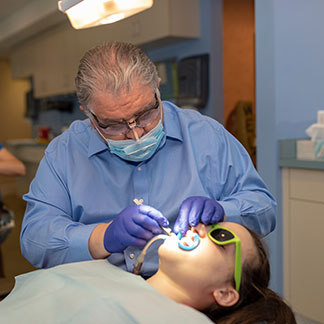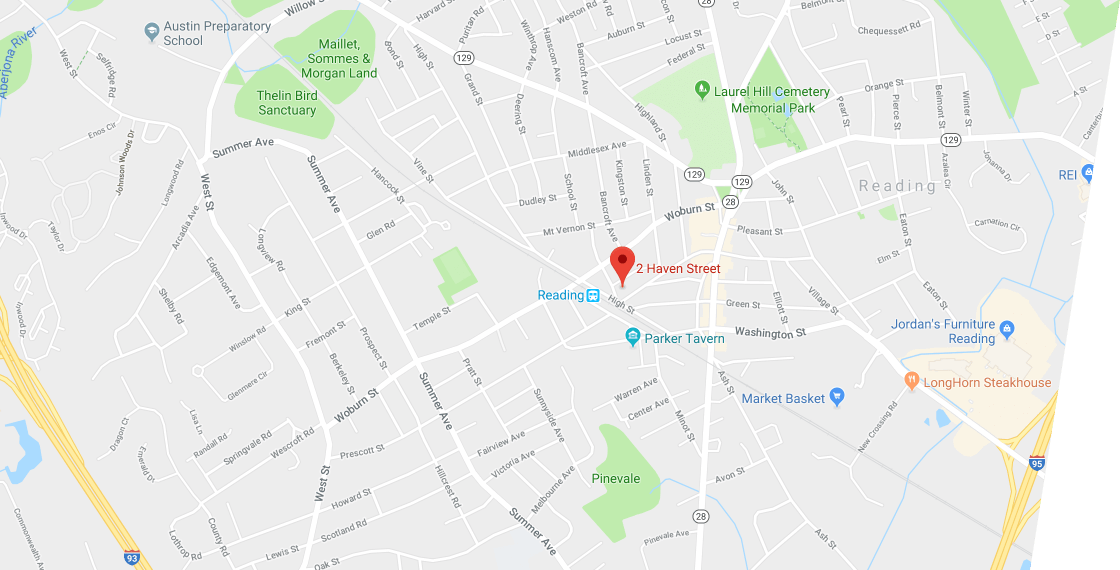Dentofacial Orthopedics Reading, MA
Ensure Your Child Grows into a Healthy Smile with Dentofacial Orthopedics
While most parents immediately think of braces when they hear the word “orthodontics,” there are many elements to this specialty that allow your orthodontist to provide the healthiest, most beautiful smile for your child. Depending on the issues with your child’s teeth and jaws, one of them may be the addition of dentofacial orthopedics to your child’s treatment plan.
What is Dentofacial Orthopedics?
While orthodontics focuses on improving tooth position within the mouth, dentofacial orthopedics focuses on proper positioning of the bones that house the teeth. The practice of dentofacial orthopedics is a dental specialty that requires advanced learning, practice, and research. If your orthodontist practices dentofacial orthopedics, he can use these techniques to help guide jaw development as your child grows, preparing the structure of the mouth for more effective orthodontic treatment later.
What Is the Purpose of Dentofacial Orthopedics?
During the growth stage, a child’s jaw structure, both upper (maxilla) and lower (mandible) grows in three dimensions, which affects the final positioning of both the mid and the lower face. At times, the jaws grow at different rates, a process that can create alignment issues between lower and upper teeth. This mixed rate of growth can cause overbites, underbites, or other occlusion issues.
Since jaw growth typically stops for women between ages 14 and 16 and men from 17 to 21, it’s important to have your child evaluated early — around age 7 — for best results.
Typical Dentofacial Orthopedic Appliances
During a course of dentofacial orthopedics, your orthodontist may use a number of appliances to change or control the development of the jaw. These include:
Palate expander — A palate expander is a fixed device that works to widen a too-small maxilla by slowly pushing the cartilage above the upper jaw apart.
Lower jaw expander — Instead of working on the jaw itself (the lower jaw bone can't be stretched) this expander makes room by moving the teeth apart.
Activators — Activators are applied to guide erupting teeth by gradually moving the upper or lower jaws forward.
Bite block — A bite block is a fixed appliance that uses the natural force of the bite to correct malocclusion and move teeth gradually and comfortably.
Orthodontic headgear - When orthodontists find a bite issue they can’t correct from inside the mouth, they use this appliance, which straps around the face and applies forces to the jaw and head.
After using these appliances, your orthodontist may then use common orthodontic solutions such as braces to fine tune tooth positioning and complete your child’s treatment.
Can Adult Treatment Include Dentofacial Orthopedics?
While adult jaws have completed their growth cycle, there are still some solutions from among the techniques used in dentofacial orthopedics that your orthodontist may recommend. A comprehensive assessment should be conducted to discuss all options for treatment of adult tooth and jaw misalignment.
At Reading Orthodontics, we carefully evaluate each of our patients to determine the best course of treatment for their specific issues and smile goals.
If you are ready to explore the latest that dental technology has to offer you and your smile-to-be, please call our office at (781) 944-7970 to schedule an appointment.




